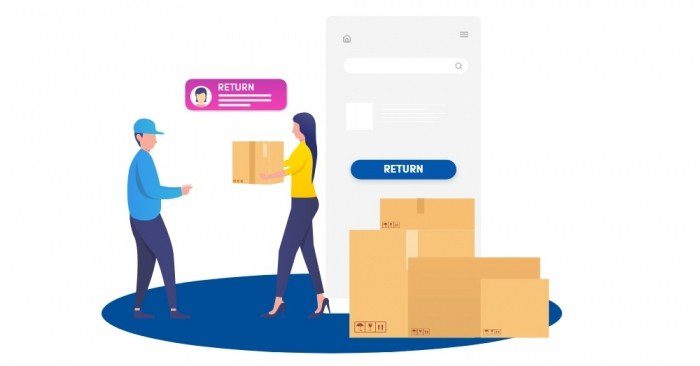
In the competitive world of e-commerce, the customer journey does not end at the point of purchase. In fact, the post-purchase experience plays a crucial role in fostering customer loyalty and encouraging repeat business. Implementing effective post-purchase strategies can significantly enhance the customer experience and build lasting relationships. Here are nine powerful ways to improve the post-purchase experience and drive customer loyalty.
1. Personal Thank You Emails
A personalized thank you note is a simple yet impactful way to show appreciation. Address customers by name, reiterate their purchase details, and express genuine gratitude. This small gesture makes customers feel valued and increases the likelihood of them returning for future purchases. For more tips on crafting the perfect thank you email, check out HubSpot’s Guide on Thank You Emails.
2. Order Confirmation and Tracking Updates
Provide customers with timely updates regarding their order status. Send confirmation emails immediately after purchase and follow up with tracking information once the order has shipped. This transparency builds trust and keeps customers engaged throughout the delivery process. .
3. Follow-Up Surveys and Requests for Feedback
After the item is delivered, send follow-up emails asking for feedback. This demonstrates that you value their opinion and provides valuable insights into their experience. Use this information to make necessary improvements, showing customers that their input matters. For effective survey tips, visit SurveyMonkey’s Tips for Customer Feedback.
4. Loyalty Programs and Rewards
Implement a loyalty program that rewards customers for repeat purchases. Offer points for every purchase, which can be redeemed for discounts, free shipping, or exclusive items. A well-structured loyalty program can significantly boost customer retention and satisfaction.
5. Personalized Product Recommendations
Utilize customer data to provide personalized product recommendations in follow-up emails. Based on their purchase history and browsing habits, suggest products that complement their recent purchases. This not only adds value to their shopping experience but also encourages additional sales. Discover more about the power of personalized recommendations at Optimizely’s Blog.
6. Exceptional Customer Support
Ensure that your customer support is easily accessible and responsive. Provide multiple channels for customers to reach out, such as email, phone, and live chat. Prompt and effective customer support can resolve issues quickly and enhance the overall customer experience.
7. Easy Return and Exchange Process
Make the return and exchange process as simple and hassle-free as possible. Clear instructions and a straightforward procedure can significantly reduce customer frustration and increase their likelihood of shopping with you again.
8. Post-Purchase Content and Tutorials
Send customers helpful content related to their purchase. This can include how-to guides, usage tips, or maintenance advice. Providing valuable content not only improves their experience with the product but also positions your brand as a trusted resource.
9. Engaging Post-Purchase Communication
Keep the lines of communication open with engaging post-purchase emails. Share updates about new products, upcoming sales, or exclusive offers. Regular communication keeps your brand top-of-mind and encourages repeat business.
How Ezy Reverse Enhances Post-Purchase Experience
Ezy Reverse leverages advanced AI and machine learning algorithms to simplify processes by utilizing real-time data and business rules. This approach helps build strong relationships with customers and keeps track of their decision-making regarding returns, enhancing the overall post-purchase experience.
Conclusion
By implementing these nine post-purchase strategies, e-commerce businesses can create a positive and memorable experience for their customers. This not only enhances customer satisfaction but also drives loyalty and repeat purchases, ultimately contributing to long-term success. Remember, the post-purchase phase is just the beginning of an ongoing relationship with your customers. Nurture it well, and your customers will keep coming back for more.
By focusing on these strategies, businesses can significantly improve their post-purchase customer experience, leading to increased loyalty and sustained growth.
